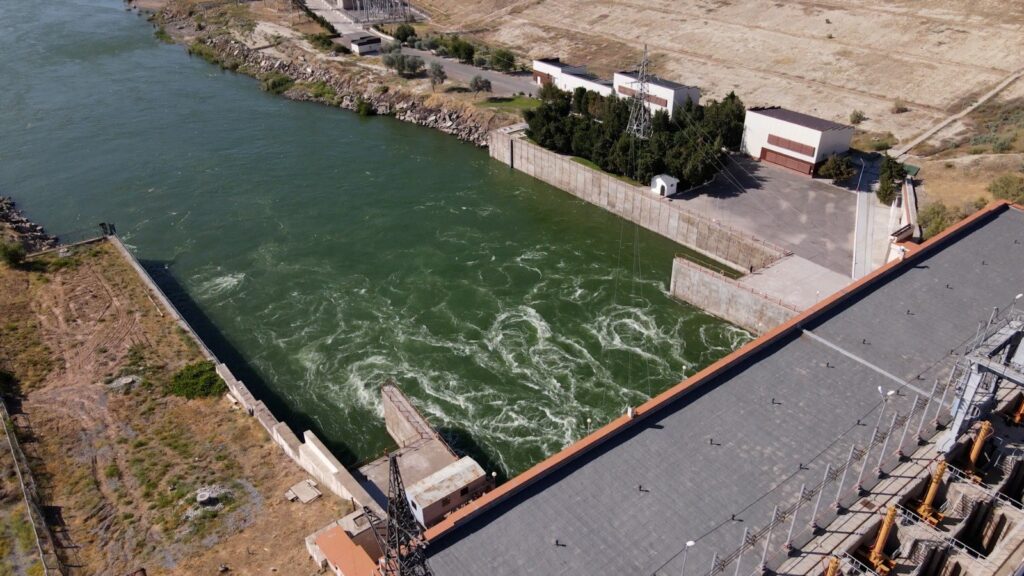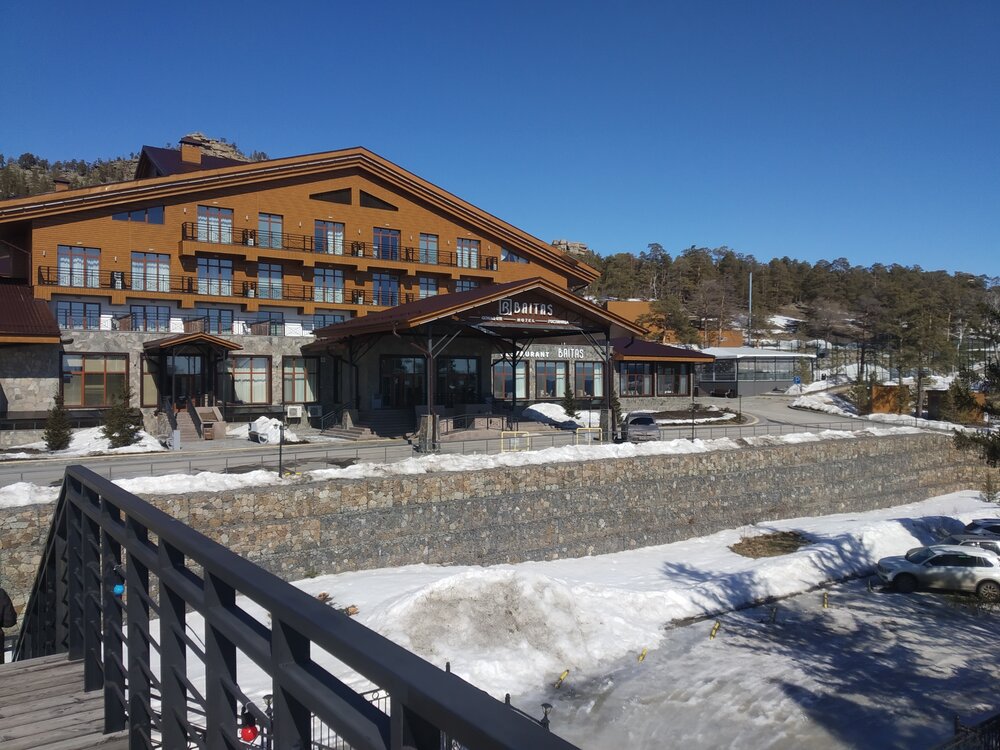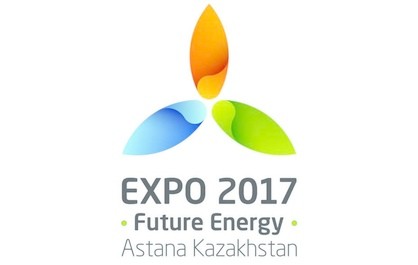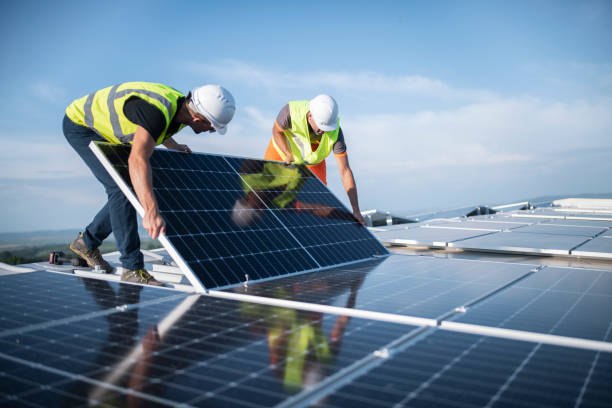ASTANA (TCA) — Within a decade, solar energy could become a significant alternative source of energy for remote communities in Kazakhstan, UNDP said on June 10 at the EXPO 2017 in Astana, pointing out that solar energy could cover 15 percent of the country’s energy needs by 2030.
Working with the government of Kazakhstan, UNDP has unveiled an online atlas which indicates of solar energy in every region of the country annually. Although the numbers differ from region to region, most of the solar energy’s production potential should be concentrated in the country’s southern half.
“We’re seeing massive potential for Kazakhstan’s green economy project, right on our doorstep,” said UNDP experts. “If right now, the country decided to create a 10MW installation in Southern Kazakhstan, which might cost something like US$2mln in upstart investment, it could recover these costs within 5 years.”
One of the world’s largest coal, oil and gas producers, Kazakhstan, the host of the EXPO 2017, themed “Future Energy”, says it will aim to meet 50 percent of its energy needs from alternative and renewable sources by the middle of the century. With support from the UN, Kazakhstan already achieved a 45 percent annual reduction in energy consumption for heating pilot municipal buildings over the past five years.
The solar atlas aims to provide investors with enough data to establish solar energy fields and connect them with the grid. It will also help decision-makers define areas for selling or leasing land to potential producers. The government plans to introduce auctioning mechanisms, which is in itself a competition between investors on who would offer the higher solar capacity farms. These would then receive financial incentives for connecting the production of electricity to the national grid at prices negotiated with the government.
At this year’s EXPO, governments, international organizations and civil society organizations, but also designers and technology companies from more than 100 countries will showcase their best solutions to boost the world’s access to energy while at the same time fighting climate change.








